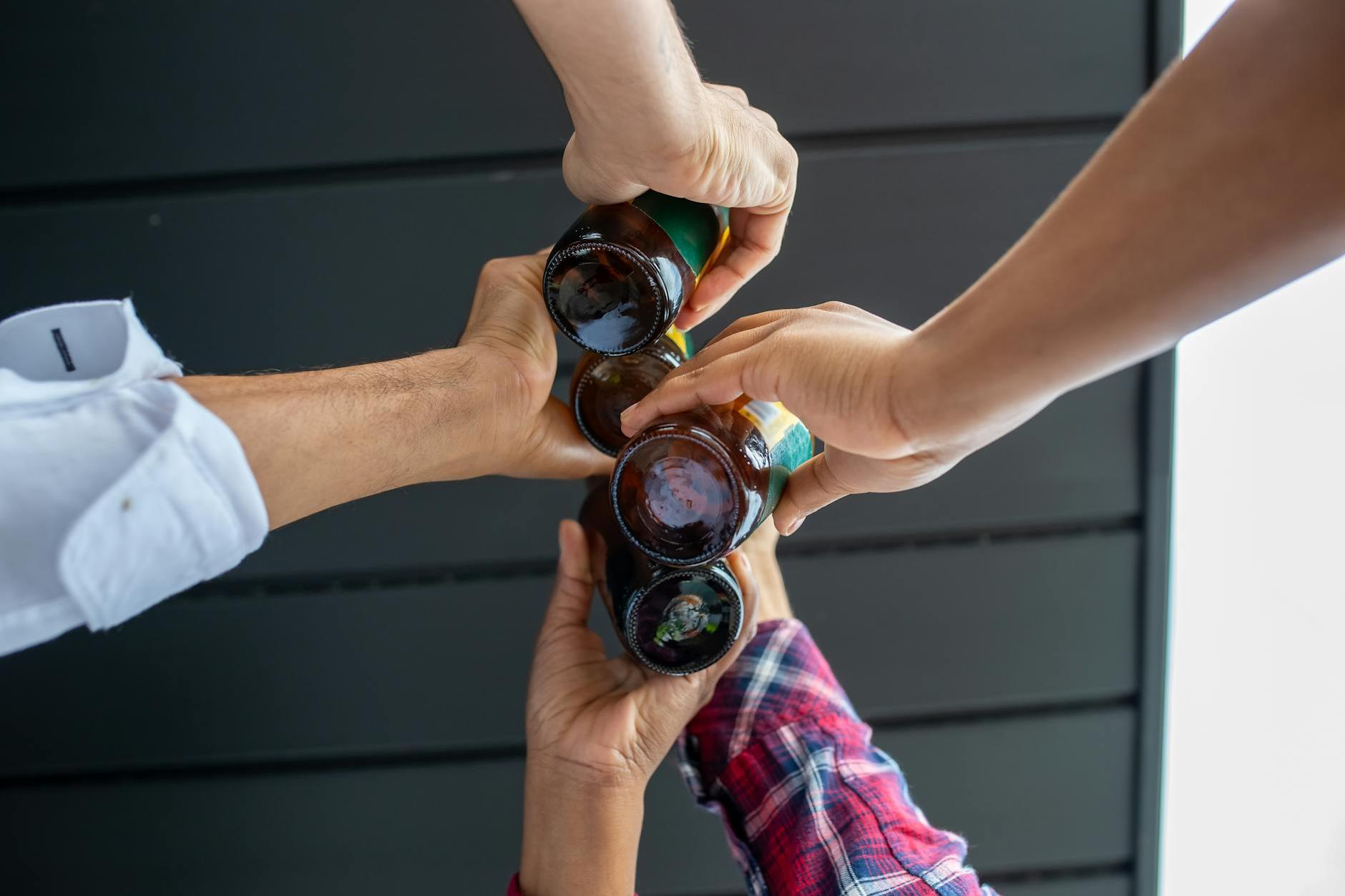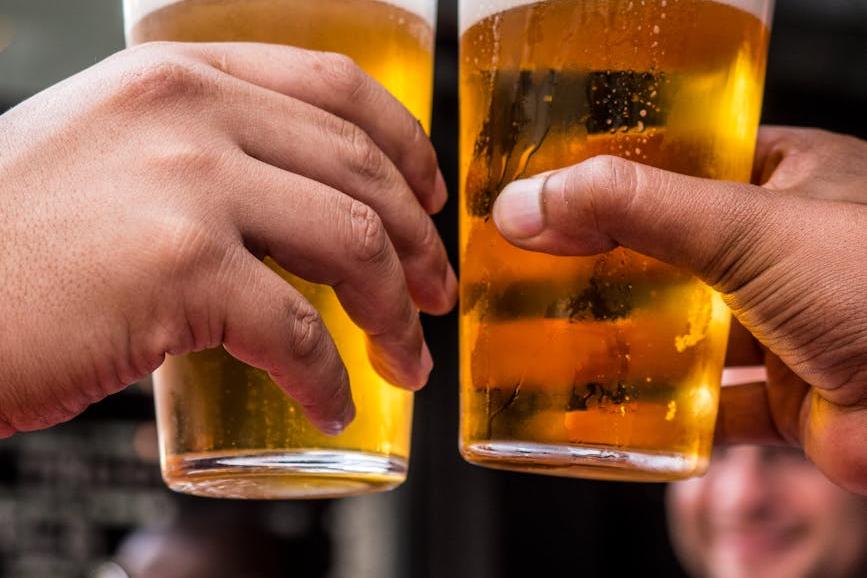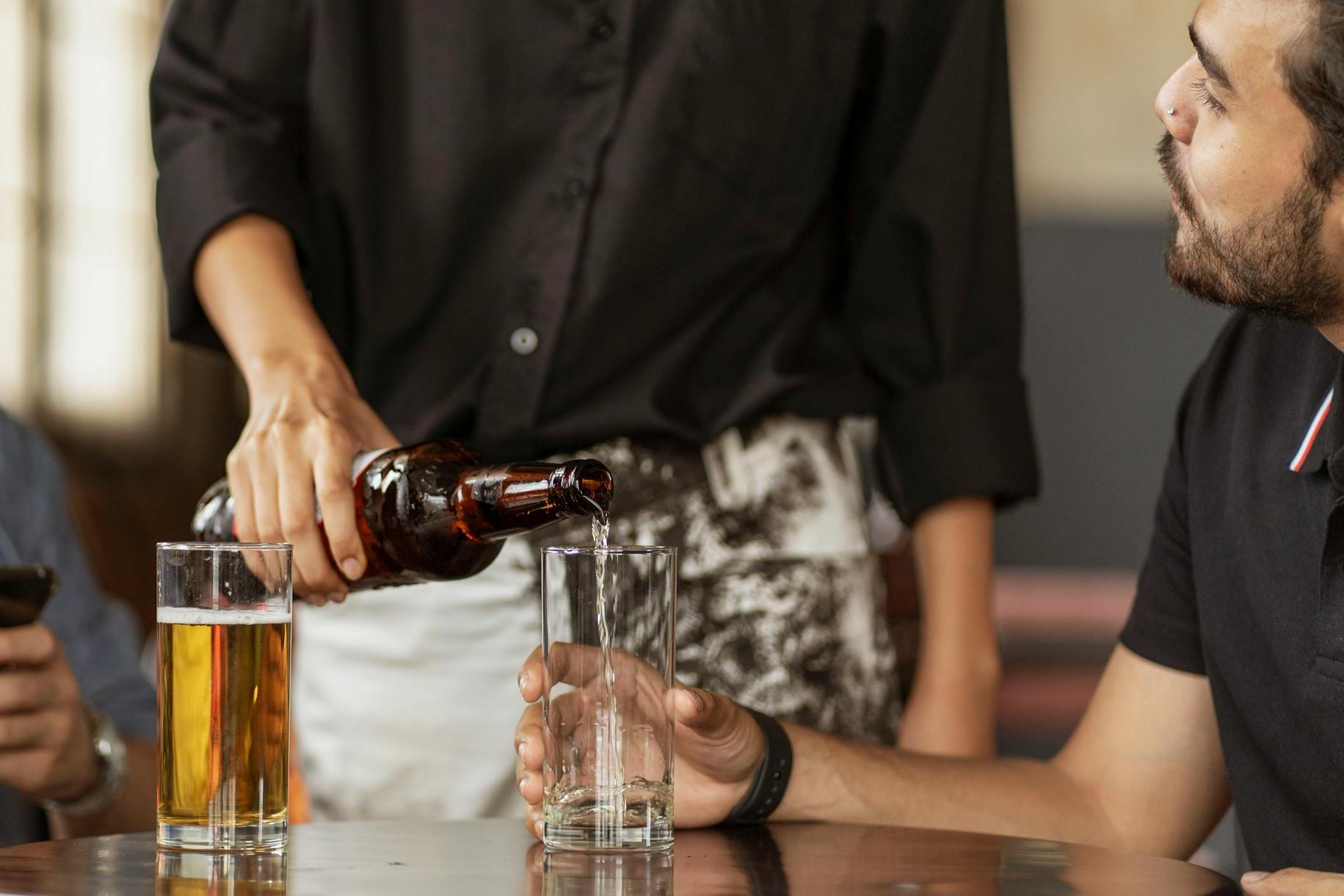- 20 Years of Expertise in Import & Export Solutions
- +86 139 1787 2118

When Craft Beer Bubbles Meet Trade Barriers
At the 2025 German Beer Expo, I witnessed firsthand how an importer's poor choice of agency led to three containers of limited-edition wheat beer being stranded at the port for 45 days. When customs conducted a random inspection and discovered the absence of Chinese back labels, the entire shipment faced the dilemma of either undergoing rectification or being returned—a scenario that epitomizes the most typical challenges in imported beer agency collaborations.
The first filter: Quartet of Qualification Screening
In the initial stages of engaging with agents, it is recommended to focus on verifying the following:
- Customs AEO certification status(Can be accessed via the "China Customs Enterprise"?Import/export?Credit Publicity System" real-time verification)
- The validity period of the liquor business license(Please pay special attention to whether the alcohol content range stated on the license matches the imported product.)
- Customs clearance error rate in the past three years(Requires a credit management certificate issued by customs)
- Cold chain logistics cooperation network(Please provide temperature control record samples from at least three cooperative cold storage facilities.)
The devil is in the details of the contract.
An importer once suffered a loss of 120,000 yuan due to the "reasonable loss" clause in the contract: the agency contract stipulated that "the transportation loss rate shall not exceed 3%," but it failed to clearly distinguish the division of responsibilities between the "transportation phase" and the "storage phase." It is recommended to pay special attention to:
- The calculation method for penalty fees related to customs clearance time limits (by day or by batch).
- Third-party inspection agency designation clause for quality disputes
- Responsibility for the Failure of Chinese Label Filing.
Life-and-Death Race Against Time at the Customs Clearance Site
Taking the import of Belgian Trappist beer processed in 2024 as an example, the complete customs clearance process includes:
- Submit the hop raw material test report 14 working days in advance (the α-acid content must match the customs declaration data).
- Prepare the fermentation process flow description (Customs may require proof of yeast strain certification).
- Design a quickly replaceable magnetic back label (for temporary random inspections at ports).
Temperature Management for Continuous Collaboration
It is recommended to request agents to provide the following on a quarterly basis:
- Fluctuation data of inspection rates for similar products at various ports
- Imported Beer Storage Temperature and Humidity Curve Chart
- Updates on Customs Classification Pre-Ruling Cases
By analyzing the quarterly port data provided by the agent, a craft beer importer successfully reduced the average customs clearance time from 9.2 days to 5.8 days.
Special Reminder: Impact of the 2025 Tariff Policy Reform
According to the latest "Import and Export Tariff Schedule," beer beverages with an alcohol content ≤0.5% are eligible for preferential agreement rates, provided that a malt concentration test certificate is submitted. This necessitates that agents possess the capability to swiftly adjust declaration elements.
Recommended for You
- The Five Major Pitfalls of Beer Import Agency, How Many Have You Stepped In?
- Have You Fallen into the Three "Sweet Traps" of Belgian White Beer Distribution?
- Have You Stepped into These Three Pitfalls of Imported Beer Distribution?
- Why do imported beers always get "stuck" at customs clearance?
- The Right Way to Handle Heineken Beer Import Agency
Category Case
Contact Us
Email: service@sh-zhongshen.com
Recommended for You
Contact via WeChat

? 2025. All Rights Reserved.









